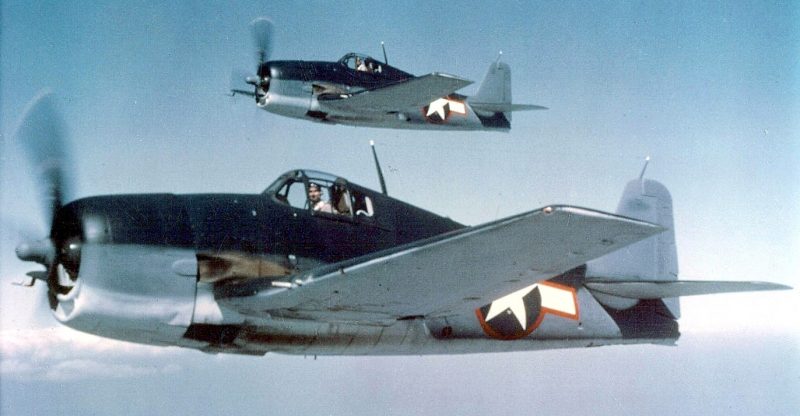For 74 years, the wreckage of a plane and the body of its pilot have been lying in a remote part of Norway.
It is believed that the Hellcat aircraft was flown by Lieutenant Commander Ronald Archibald Richardson from Gisborne, New Zealand. Richardson was 27 years old when his plane went missing while taking part in a bombing raid on the German battleship, the Tirpitz.
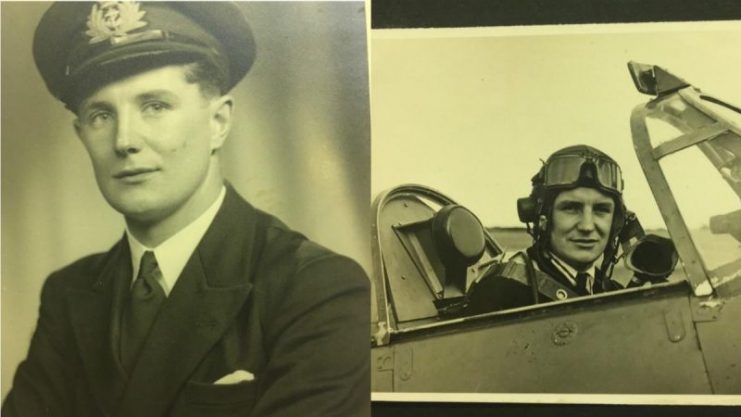
The military classified Richardson as “missing, presumed killed.” This did little to ease the pain of his family who had no idea what had happened to their loved one.
Recently, a person noticed the plane wreckage on the top of a ridge near Alta, Norway. They recorded a video of the wreck and uploaded it to YouTube. By chance, Richardson’s grandson, Philip, saw the video and got in touch with the person who uploaded it. They were able to provide Philip with the coordinates of the site.
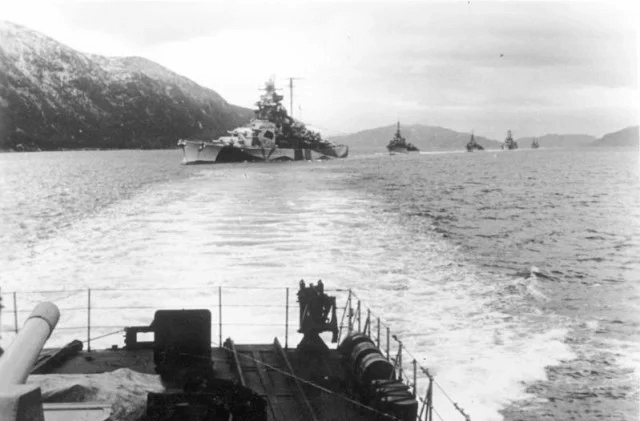
Philip also serves in the military. He is a Naval Commander who works in the Defence Engagement Strategy department of the Ministry of Defence in London.
Philip pieced together the clues available and, when he had determined that the wreckage was his grandfather’s, he took the entire family to Norway. They hiked for five hours in the midnight sun. Philip said that arriving at the site was “incredibly emotional and moving.”
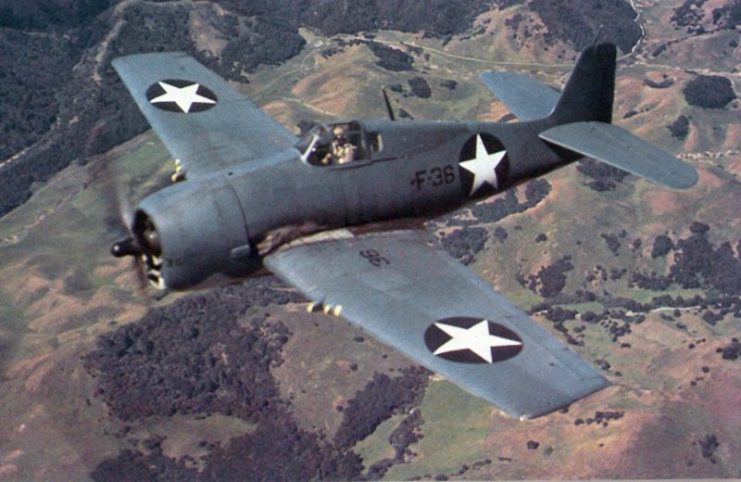
The plane is full of bullet holes, giving a clue as to how Richardson’s final moments played out. His goal had been to sink the Tirpitz, a key maneuver to Churchill’s plan to stop the Axis.
The Tirpitz was the only German warship moored in Norway and was the last ship of the Bismarck class built by the Germans. It was the largest warship built in Germany.
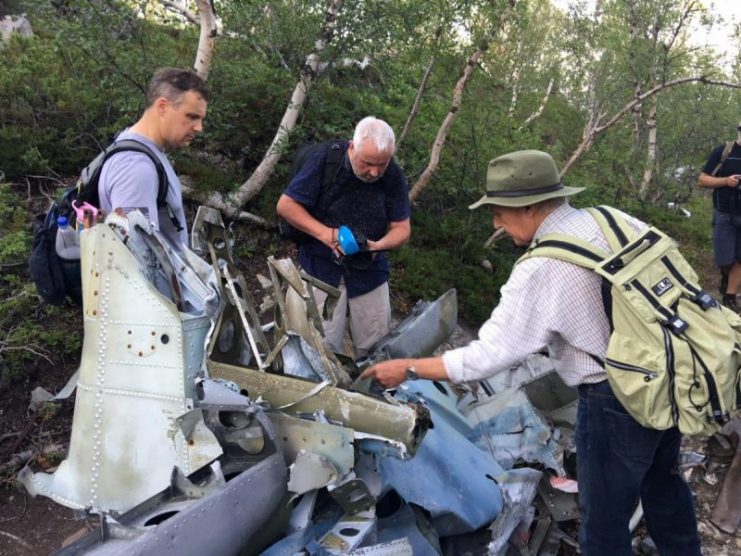
The mere presence of the Tirpitz in Norway forced the Allies to keep a sizable naval force in the area which could have been used in other theaters. It is likely that this was the main reason for Churchill’s desire to see the Tirpitz put out of action.
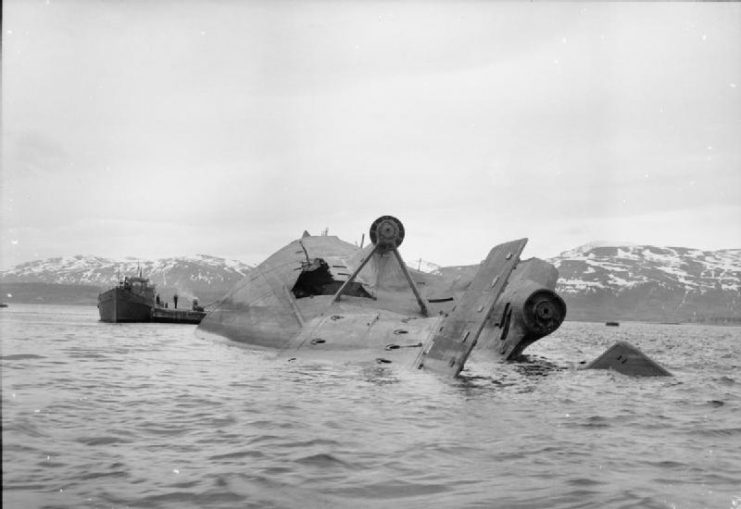
Richardson was part of the newly formed 1840 Naval Air Squadron. He was based on the aircraft carrier, HMS Indefatigable.
He was named mission leader for the August 24, 1944, attack on the Tirpitz but he never returned to the ship after the raid.
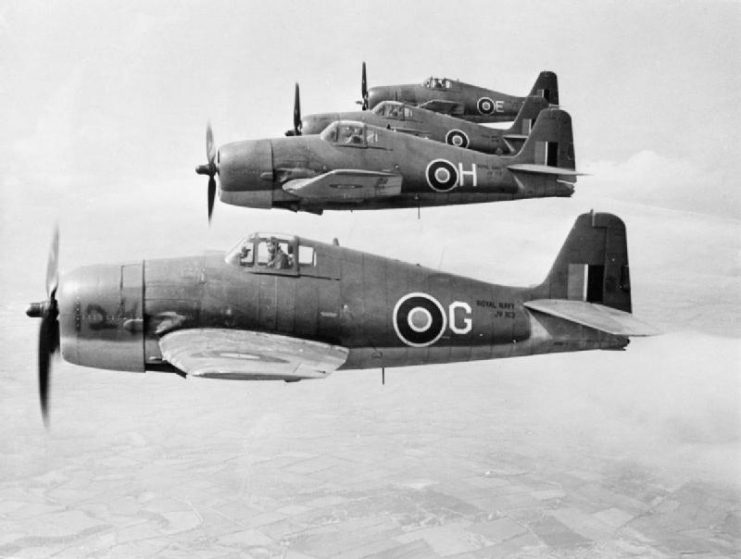
Philip has examined his grandfather’s flight plan. He believes that Richardson would have dived at the warship and released his bomb in a heavy smokescreen laid down by the Germans. While climbing back out of the dive, it appears he clipped the top of a hill which caused him to crash.
The New Zealand newspapers proclaimed Richardson as a hero at the time.
The debris from the crash has been perfectly preserved by the snow and ice. Philip and his family examined the wrecked plane and noticed a shallow grave at the site. Locals believe that the Germans buried Richardson there after the crash. But there are no remains in that grave now.
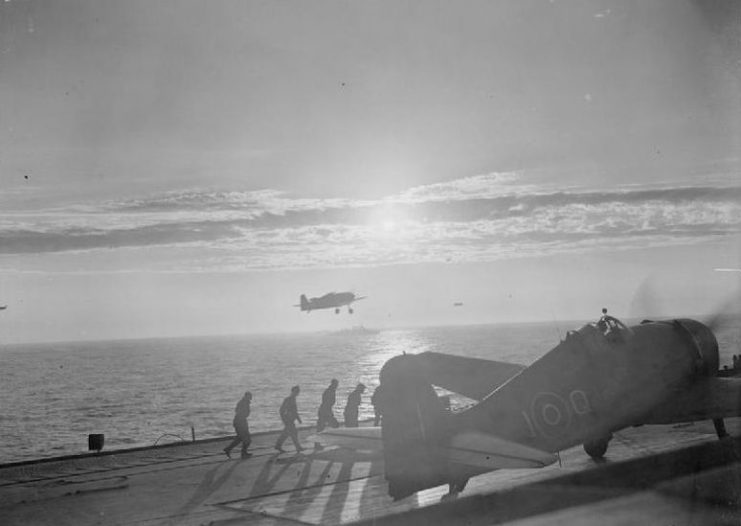
Philip thinks that his grandfather’s remains were exhumed after the war and re-buried, possibly in a graveyard near where the Tirpitz was attacked. There is a grave there with no name, which Philip believes could be the grave of his grandfather.
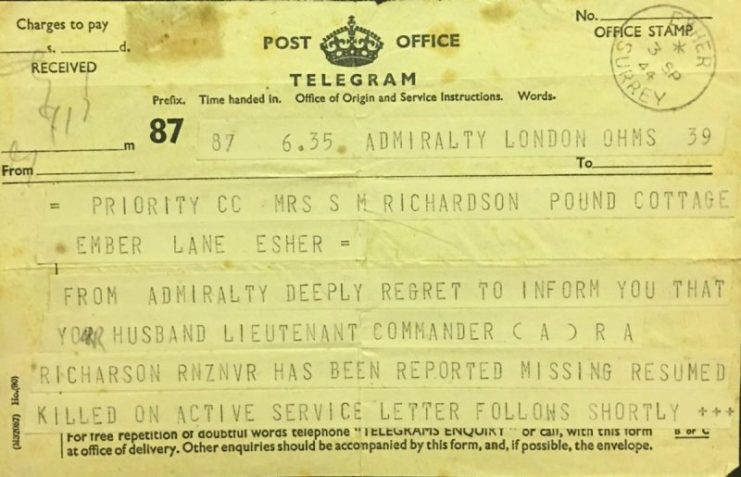
His family brought a memorial cross with them to the site of the crash. They said a prayer then erected the cross over the grave.
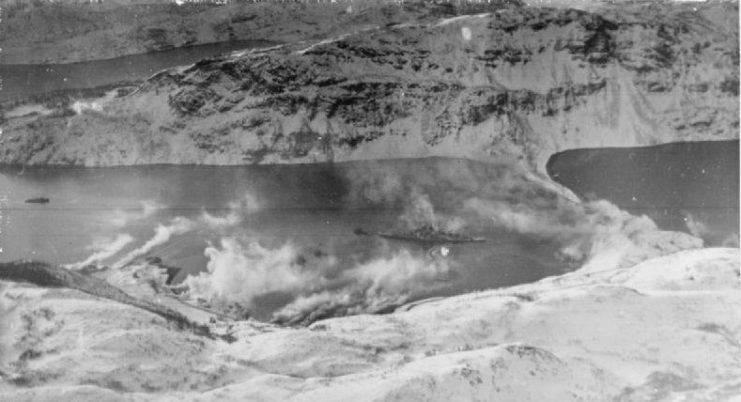
Read another story from us: 26 Sad Images of WWII Airplane Graveyards & Storage Sites
Despite no formal acknowledgment that Richardson was killed at that site, Philip is preparing a memorial service. David Crossman, the New Zealand Defence Force attache, will attend.
Richardson’s wife, Sheila, is still living. Now 95, she lives in Worcestershire. She will speak at the service and unveil a memorial bench dedicated in honor of her husband.
